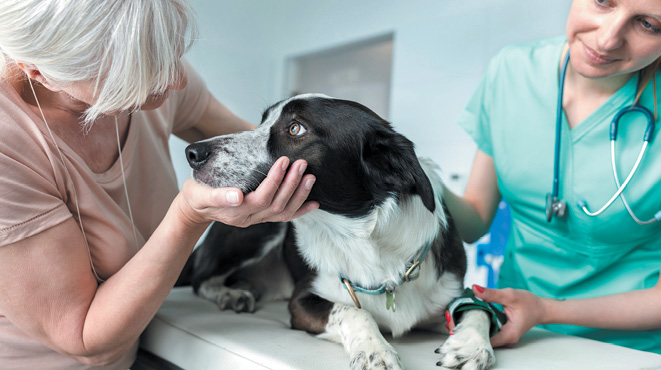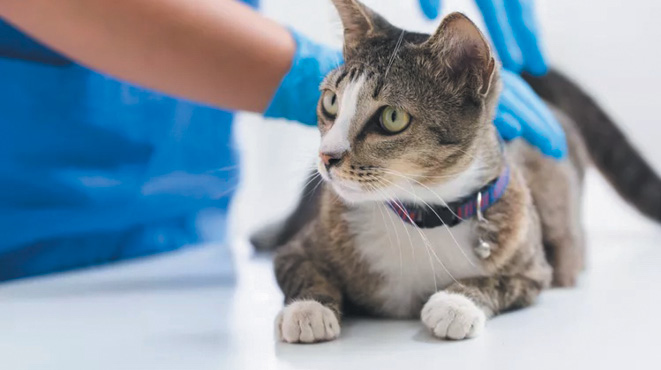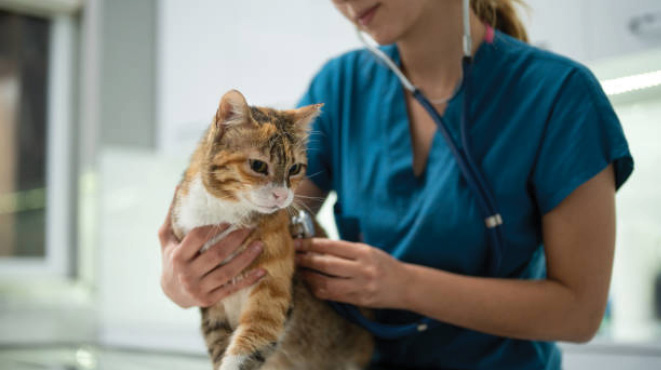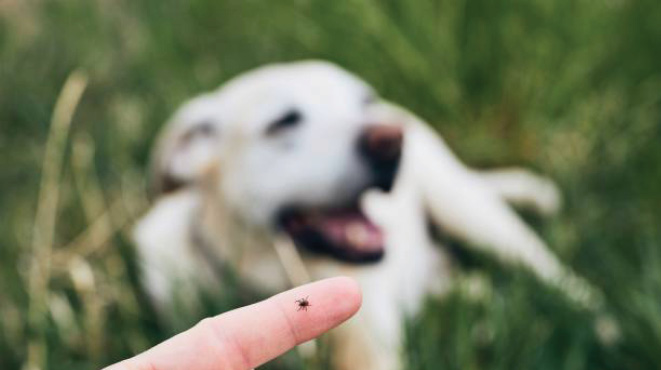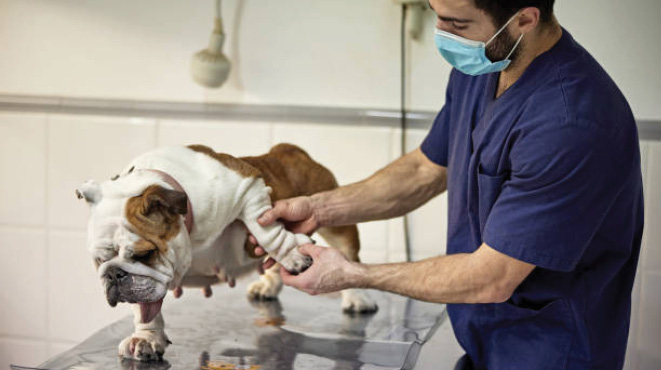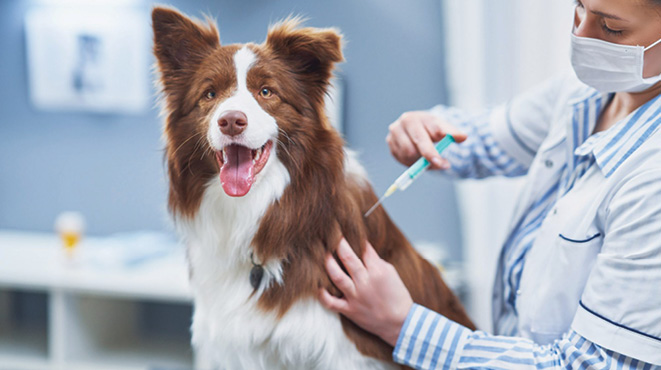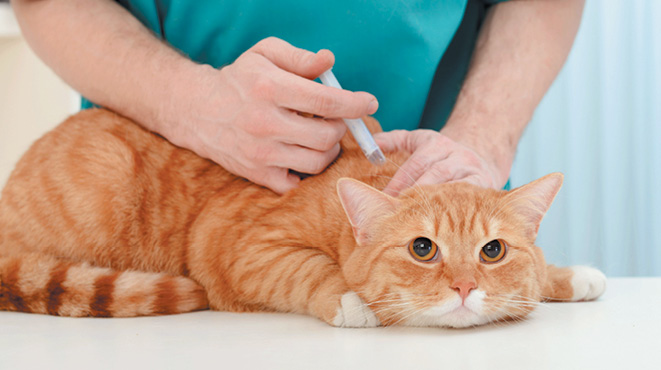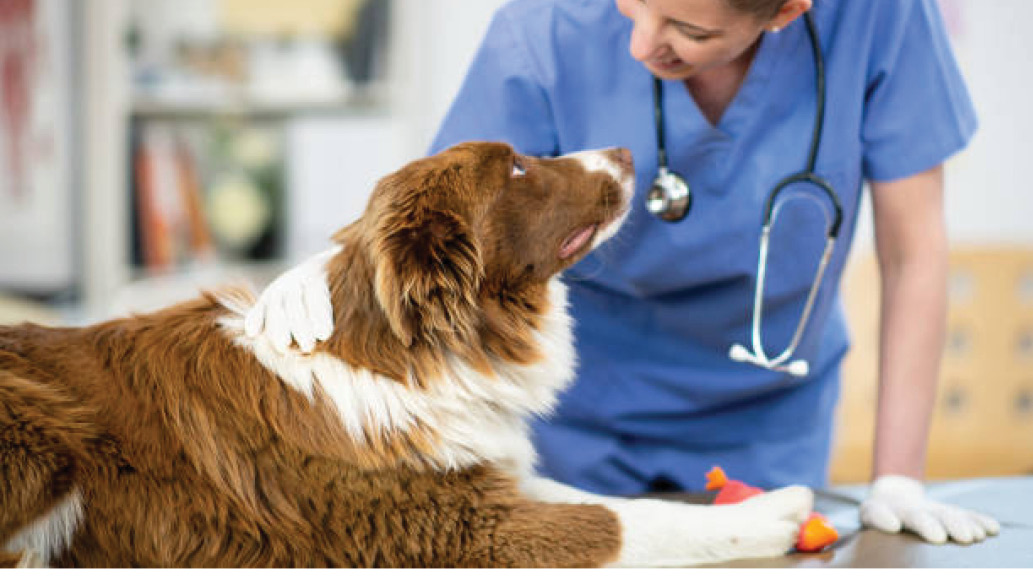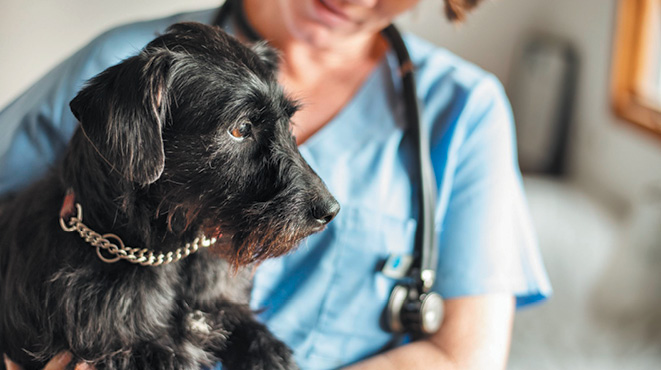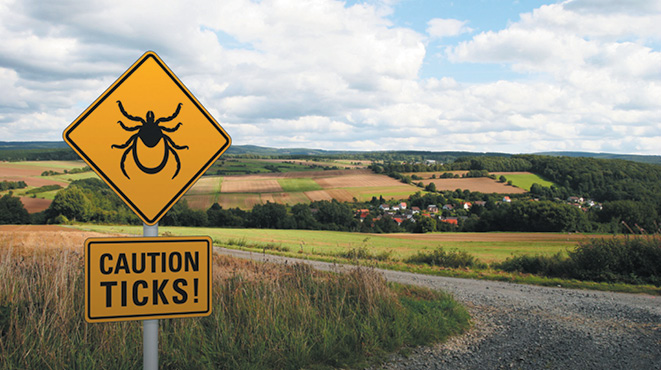BY DR NICKY THOMAS, WYNNUM MANLY VETERINARY HOSPITAL
There has been a recent case in Mt Isa of a dog being infected with the bacteria Ehrlichia canis. This bacteria is spread between dogs by the brown dog tick and the disease it causes – “Ehrlichiosis” – has been seen increasingly commonly in the Northern Territory, the Kimberley and Pilbara regions of Western Australia and northern parts of South Australia.
Ticks infected with Ehrlichia spread the bacteria between dogs when they attach to feed. All three life stages of the tick – larva, nymph and adult – are capable of injecting the bacteria into a dog. Dogs travelling between the states can result in the spread of the disease to other dogs.
Clinical signs of Ehrlichiosis
There are three different phases of infection – acute, subclinical and chronic.
The clinical signs commonly seen are fever, lethargy, swollen lymph nodes, anorexia, weight loss, eye and nose discharges and bleeding disorders. The condition can affect dogs for an extended period of time and in some cases can result in disease occurring in the spleen, liver and brain.
The combination of a history of travel to or from the NT, WA or SA, evidence of infestation with the brown dog tick and the development of the above clinical signs may lead your veterinarian to suspect Ehrlichiosis.
Prevention
The best means of controlling this disease is preventing tick attachment to your dog. Daily checks of your pet to remove any ticks which may have attached and avoiding bush or scrubby areas can help prevent exposure.
When travelling to affected states it is advised that two types of tick prevention are used – tick killing treatments such as NexGard or Bravecto (as recommended for reducing the risk of tick paralysis from the other common species of tick) in combination with a tick repelling treatment (a tick collar or top spot such as Advantix) to prevent tick attachment is the best way to prevent your pet becoming infected with the bacteria.





